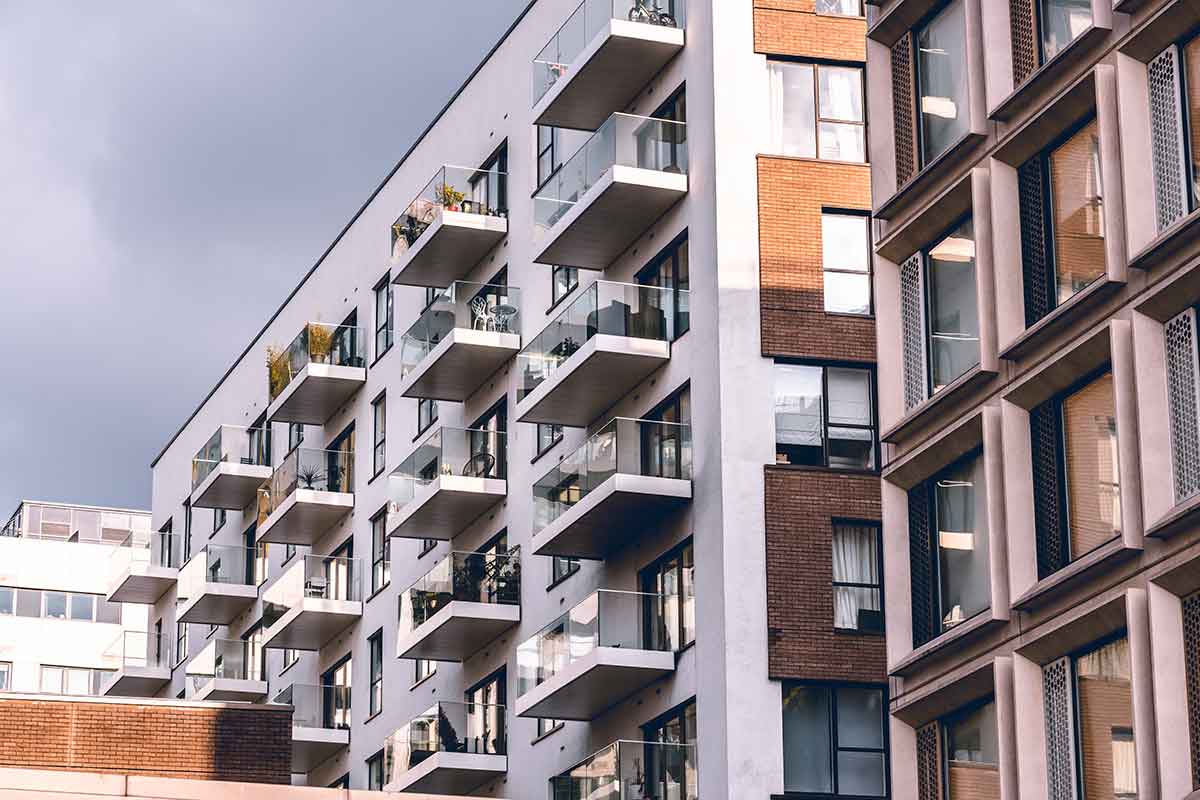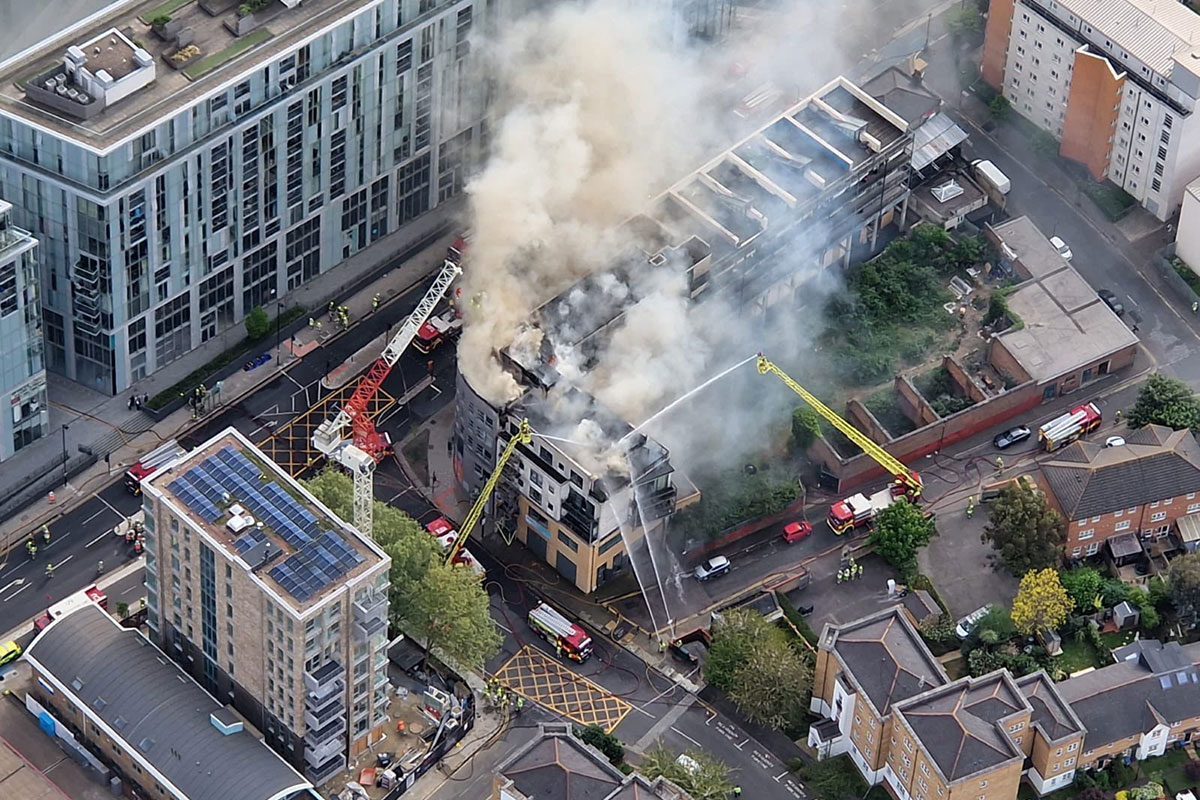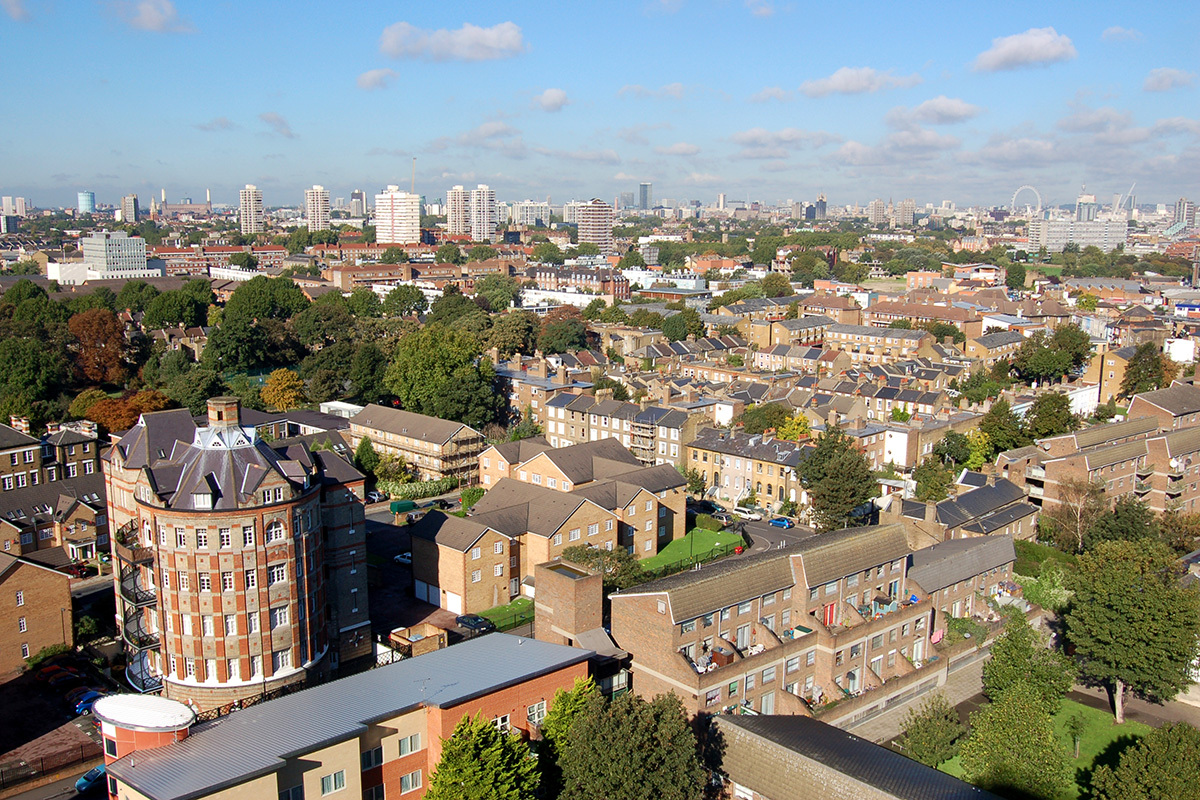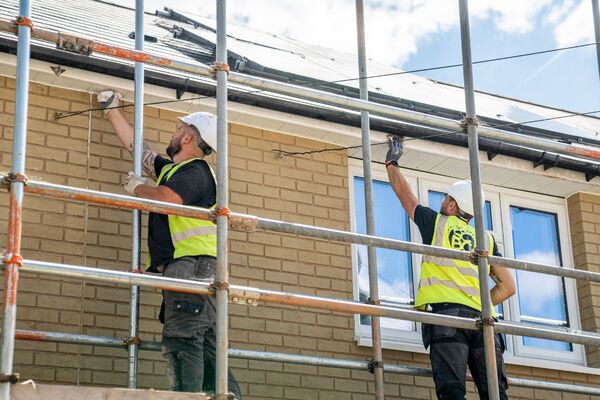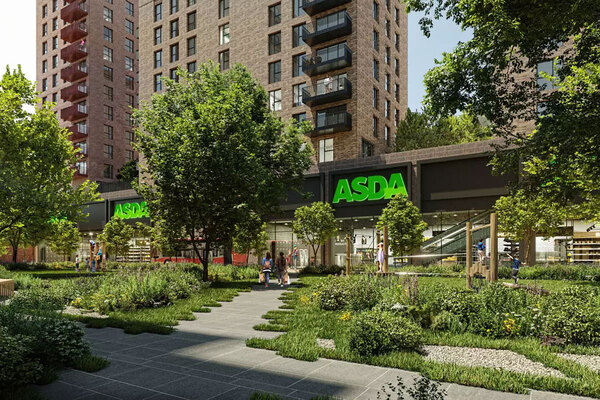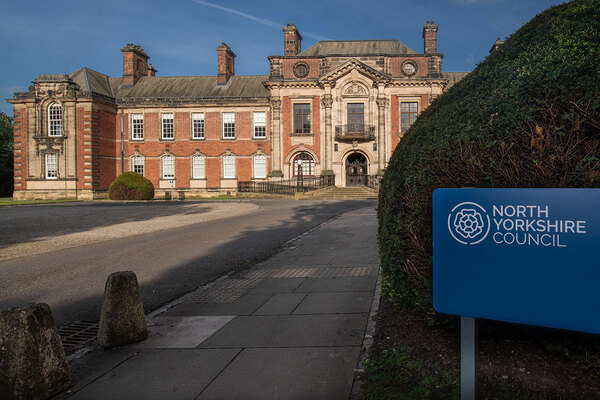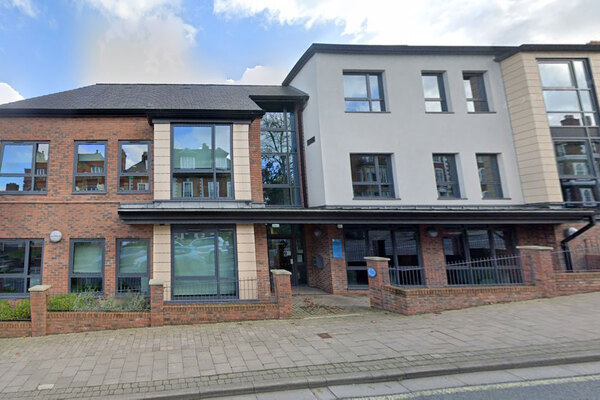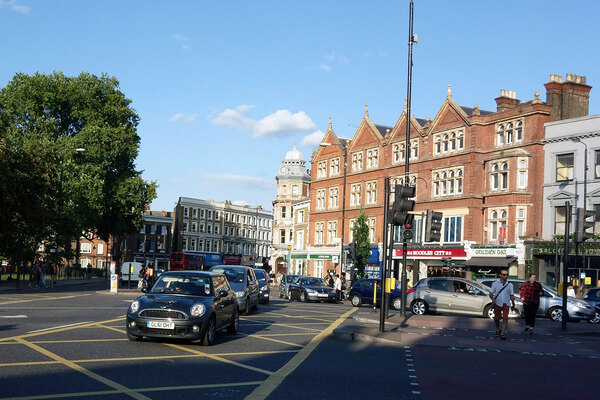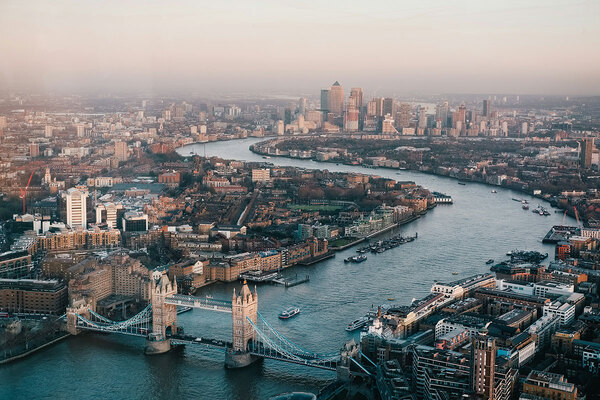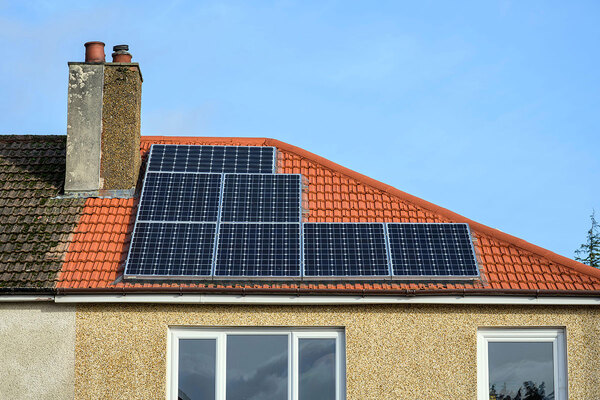You are viewing 1 of your 1 free articles
Partial ban for combustible materials on new medium-rise buildings to be imposed
The use of combustible external wall materials on medium-rise buildings will be subject to tighter restrictions and the type of cladding material used on Grenfell Tower will be banned for use at any height, under new rules unveiled by the government today.
Combustible materials were banned for use in external facades of buildings higher than 18m in 2018, following extensive lobbying by the bereaved and survivors of the Grenfell Tower fire.
In early 2020, the government suggested going further and also banning the use of such materials for buildings above 11m in height.
However, a consultation on this proposal closed in May 2020, with no government response until today.
The changes mean builders will generally only be able to use materials of Euroclass A2 or better on the external facades of residential buildings between 11m and 18m in height. This standard bans virtually all combustible material, such as plastic, timber cladding and high-pressure laminates.
However, builders will be able to use more combustible materials as part of a system that has passed a large-scale test. This option no longer exists for buildings above 18m.
The government said continuing to permit testing for medium-rise buildings will allow designers and developers “flexibility to use environmentally friendly materials” while ensuring safety standards.
There had been concerns that a combustibles ban would outlaw the use of cross-laminated timber, a building product popular with environmental campaigners. Industry lobbyists pressed the government against extending a ban.
The changes mean some combustible materials will be permitted on medium-rise buildings as part of systems which have passed a test. However, the new measures represent a substantial tightening of the existing guidance, which had placed no restrictions whatsoever on their use at this height.
This had led to the bizarre situation where buildings were being remediated due to fire safety concerns, while new properties were being constructed in complete compliance with the guidance using the same or similar materials.
The changes also ban “metal composite material” cladding panels with an unmodified polyethylene core (MCM PE) on all buildings, regardless of height.
This relates to the particular type of highly combustible cladding used on Grenfell Tower. The government first received testing demonstrating the danger of this product in 2002, but missed a series of opportunities to ban its use in the years leading up to Grenfell.
The changes also extend the scope of the combustibles above 18m to include hotels, hospitals and boarding schools, which the government had previously chosen to exclude from the ban.
Buildings below 11m in height and more than one metre from the boundary of another property are still subject to no restrictions, except the ban on polyethylene-cored cladding.
Changes to building regulations and guidance are not retrospective, meaning the new rules will only apply to future new-build projects, not existing properties or schemes that are already underway.
The changes apply to England. Scotland announced a full ban on combustible materials above 11m earlier this year.
Dr Jonathan Evans, a cladding expert and chief executive of Ash and Lacy, which manufactures facades, said: “Broadly this does make sense, and it is a step forward. But it could still allow the use of products like high-pressure laminate on a four-storey building, and that might mean they fail an assessment under PAS 9980 [new guidance to fire risk assessors for external facades].
“Personally, I feel that as soon as it is a building with multiple properties in it, you should have a facade that resists the spread of fire.”
The new rules also mean all new residential buildings higher than 11m will have to include a secure information box, which will give fire and rescue services access to important details about a building in the event of a fire. An evacuation alert system (an alarm that can be used to manually trigger an evacuation if a fire spreads out of control) is required for those above 18m in height.
The government claims this move implements a recommendation of phase one of the Grenfell Tower Inquiry. However, this recommendation was not limited to new builds.
To date, the government has bought forward no plans to require evacuation alert systems and secure information boxes in existing towers, two-and-a-half years after the inquiry suggested it should.
It comes shortly after the government announced it was rejecting a key recommendation from the first phase of the inquiry: that residents with disabilities should be provided with personal emergency evacuation plans, or PEEPs, to facilitate their evacuation in the event of a fire.
“We have introduced the biggest improvements to building safety in a generation under the Building Safety Act,” said Lord Greenhalgh, the building and fire safety minister, in a press release announcing the changes.
“These changes will support our tough new regulatory regime – ensuring fire safety measures are incorporated into new high-rise homes and all new residential buildings meet the same safety standards.
“It does not end here and I urge the industry to act quickly to update their practices in line with these new rules.”
Gavin Tomlinson, who chairs the Protection and Business Safety Committee of the National Fire Chiefs Council (NFCC), said the NFCC “especially welcomes” the introduction of emergency evacuation alert systems in new buildings over 18m.
“We also support the inclusion of secure information boxes in buildings over 11m, which will give fire and rescue services access to important details about a building and its residents in the event of a fire,” he said.
Mr Tomlinson was also “encouraged” that MCM PE cladding has been banned on all buildings and that the government “has promised stronger safety standards for the use of combustible materials on external walls”.
It is not clear when the changes will apply, but the update for the official guidance is June 2022. One expert posting on LinkedIn said the changes would come into effect on 1 December 2022, with a six-month grace period for projects starting after 1 December but having a notice or full plans deposited before that date.
The government has been asked to confirm a start date.
Update: at 6.15pm on 1.6.2022
This article was updated with further information about the rule changes
Sign up for our fire safety newsletter
Already have an account? Click here to manage your newsletters
